Razvan Stefanescu
Trojan Detection Through Pattern Recognition for Large Language Models
Jan 20, 2025Abstract:Trojan backdoors can be injected into large language models at various stages, including pretraining, fine-tuning, and in-context learning, posing a significant threat to the model's alignment. Due to the nature of causal language modeling, detecting these triggers is challenging given the vast search space. In this study, we propose a multistage framework for detecting Trojan triggers in large language models consisting of token filtration, trigger identification, and trigger verification. We discuss existing trigger identification methods and propose two variants of a black-box trigger inversion method that rely on output logits, utilizing beam search and greedy decoding respectively. We show that the verification stage is critical in the process and propose semantic-preserving prompts and special perturbations to differentiate between actual Trojan triggers and other adversarial strings that display similar characteristics. The evaluation of our approach on the TrojAI and RLHF poisoned model datasets demonstrates promising results.
Solving Trojan Detection Competitions with Linear Weight Classification
Nov 05, 2024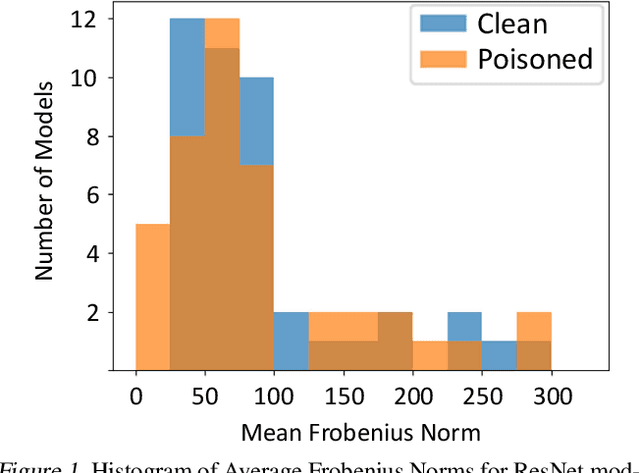
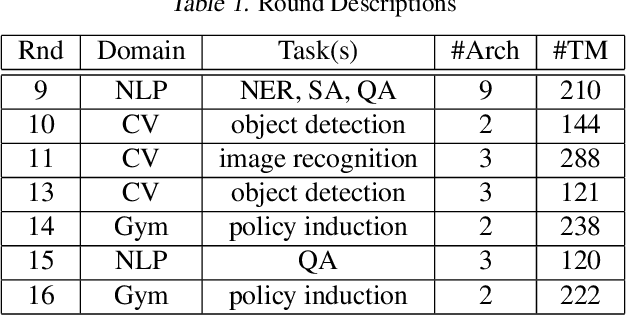
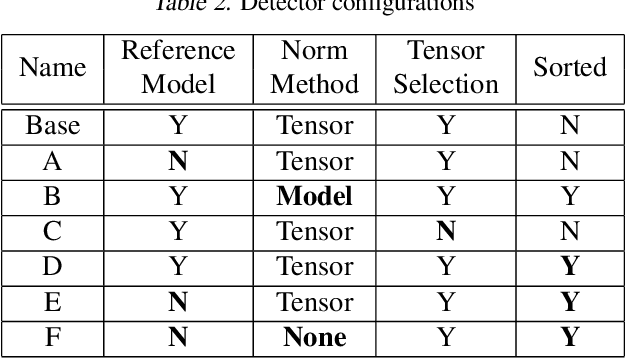
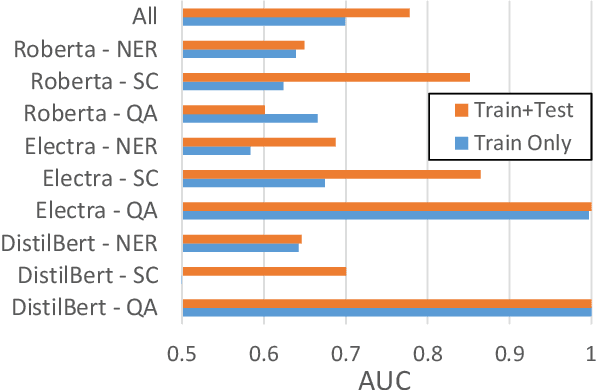
Abstract:Neural networks can conceal malicious Trojan backdoors that allow a trigger to covertly change the model behavior. Detecting signs of these backdoors, particularly without access to any triggered data, is the subject of ongoing research and open challenges. In one common formulation of the problem, we are given a set of clean and poisoned models and need to predict whether a given test model is clean or poisoned. In this paper, we introduce a detector that works remarkably well across many of the existing datasets and domains. It is obtained by training a binary classifier on a large number of models' weights after performing a few different pre-processing steps including feature selection and standardization, reference model weights subtraction, and model alignment prior to detection. We evaluate this algorithm on a diverse set of Trojan detection benchmarks and domains and examine the cases where the approach is most and least effective.
Efficient Construction of Local Parametric Reduced Order Models Using Machine Learning Techniques
Nov 09, 2015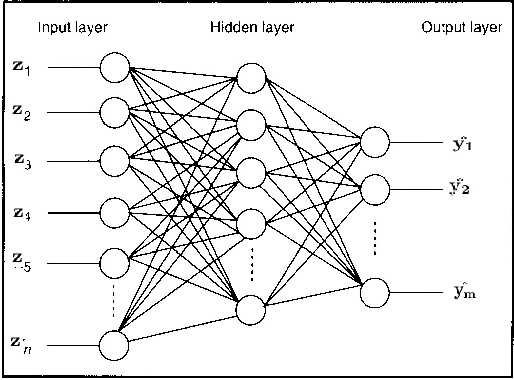

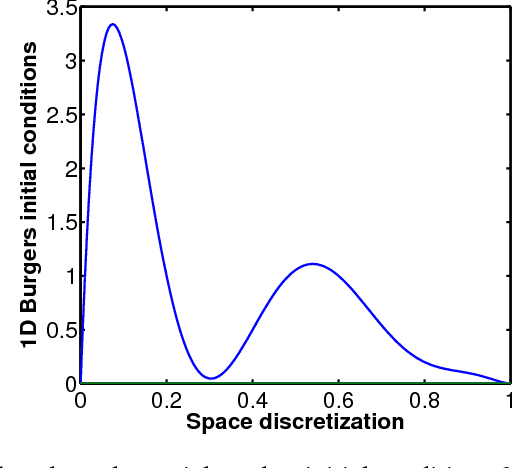

Abstract:Reduced order models are computationally inexpensive approximations that capture the important dynamical characteristics of large, high-fidelity computer models of physical systems. This paper applies machine learning techniques to improve the design of parametric reduced order models. Specifically, machine learning is used to develop feasible regions in the parameter space where the admissible target accuracy is achieved with a predefined reduced order basis, to construct parametric maps, to chose the best two already existing bases for a new parameter configuration from accuracy point of view and to pre-select the optimal dimension of the reduced basis such as to meet the desired accuracy. By combining available information using bases concatenation and interpolation as well as high-fidelity solutions interpolation we are able to build accurate reduced order models associated with new parameter settings. Promising numerical results with a viscous Burgers model illustrate the potential of machine learning approaches to help design better reduced order models.
 Add to Chrome
Add to Chrome Add to Firefox
Add to Firefox Add to Edge
Add to Edge